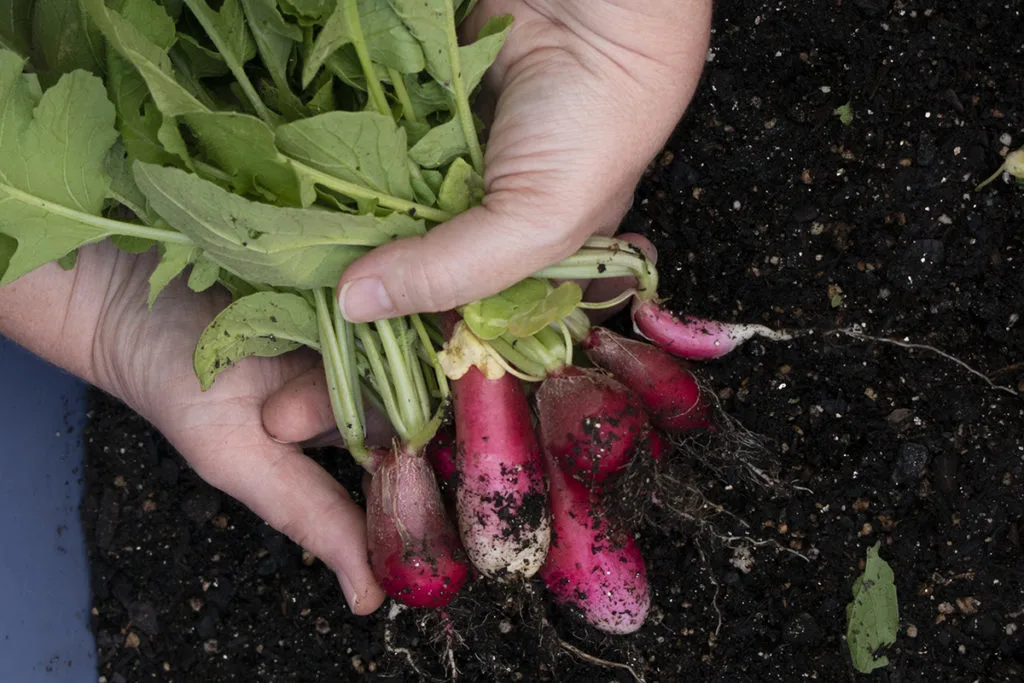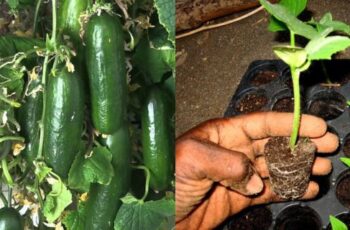Ad Blocker Detected
Our website is made possible by displaying online advertisements to our visitors. Please consider supporting us by disabling your ad blocker.
As the winter months fade away, the anticipation for a brand-new gardening season grows stronger. Spring brings a burst of sensory experiences, from the sights and sounds to the scents of nature, creating an exciting atmosphere for all gardeners.
While there are numerous garden-related tasks to stay busy with, nothing compares to the feeling of getting your hands dirty and tending to the soil. However, it’s crucial to remember one of the essential rules of gardening: avoid transplanting or sowing seeds in the garden before the last frost, unless you’re prepared to lose your plants to the late winter weather.
But, there’s an exception to this rule – cool season crops. Unlike their warm-season counterparts, such as tomatoes, cucumbers, peppers, and eggplants, which can’t withstand the cold, cool-season vegetables are exceptionally durable and can withstand chilly temperatures without a hitch.
By taking advantage of this exception and giving these spring-loving crops an early start, you can reap a bountiful harvest before the summer heat causes them to bolt. With careful planning, your garden can produce a significant crop of cool-season vegetables, setting the stage for a productive and successful gardening season.
Determining the Last Frost Date: A Guide for Gardeners
As a gardener, one of the most crucial pieces of information you need to know is the last frost date in spring. This date can vary greatly depending on your location, making it essential to research and plan accordingly. For instance, those residing in the Deep South can begin planting as early as January, whereas those in the Mountain States should wait until June.
To determine your average frost dates for your region, we recommend using the Old Farmer’s Almanac calculator, which allows you to search by ZIP code. These frost dates are based on historical climate data spanning over 100 years and are generally reliable for predicting the future. However, there’s always a 30% chance that frost could occur before or after the given frost dates, so it’s essential to stay vigilant.
Even crops that tolerate cooler temperatures can be vulnerable to deep freezes. Therefore, it’s wise to keep some garden cloches or floating row covers on hand, especially if you live in an area with unpredictable weather. These protective measures can be deployed in case a hard frost lingers for several days in a row.
In conclusion, taking the time to research and prepare for your region’s last frost date is essential for a successful growing season. By utilizing the resources available to you and being prepared for unexpected weather events, you can help ensure that your garden thrives.
6 Weeks Before the Last Frost:
1. Onion Sets
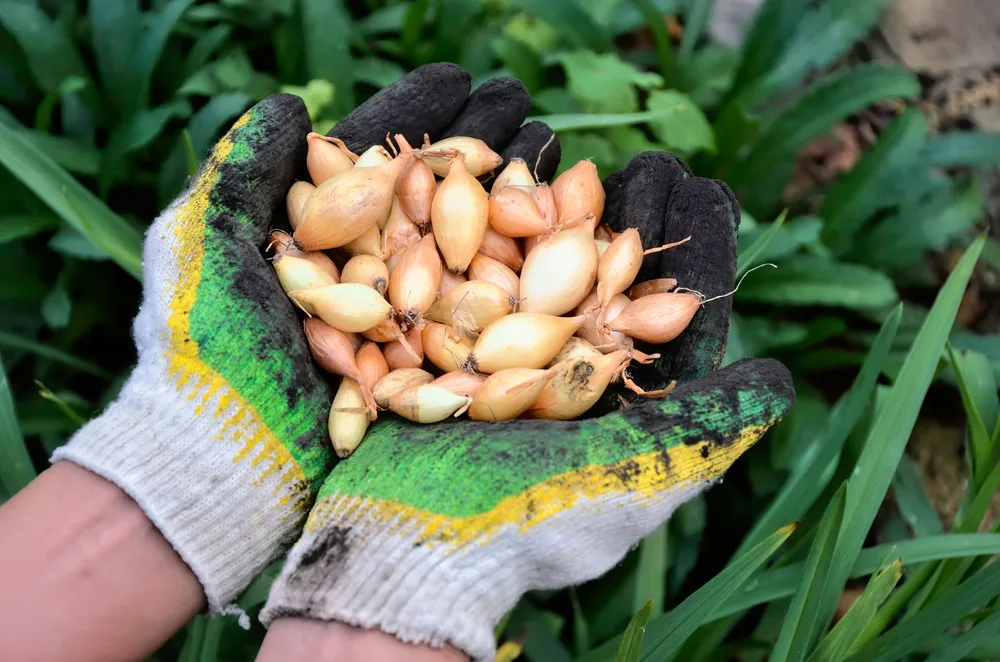
Planting Onion Sets: A Head Start on Your Spring Garden
Onions are versatile vegetables that can be used in many dishes, and they are also easy to grow in your own backyard. While starting onions from seed indoors is one option, using onion sets can give you a head start on the season. In this article, we’ll discuss how to plant onion sets six weeks before the last frost, as well as the benefits of using them in your garden.
Planting Onion Sets:
Onion sets are small, immature onion bulbs that were grown from seed the previous season. They are usually available at most garden centers and can be planted in the garden as soon as the soil can be worked in the spring. Planting onion sets is easy: simply push them into moistened soil no more than one inch deep, making sure the top of the onion is barely poking its tip out of the soil. Space the bulbs 5 to 6 inches apart with 12 to 18 inches between rows.
Benefits of Using Onion Sets:
Onion sets offer several benefits to home gardeners. Since they are in their second year of growth when planted, onion sets often produce larger and more flavorful onions than starting from seed. Additionally, they are frost-hardy, meaning they can withstand temperatures as low as 21°F (-6°C). They will grow most vigorously when the weather warms to 55°F to 75°F (12°C to 23°C). By planting onion sets, you can give your garden a head start on the season and enjoy fresh, delicious onions earlier in the year.
Conclusion:
If you’re looking for an easy and efficient way to grow onions in your backyard, using onion sets is a great option. By planting them six weeks before the last frost, you can enjoy a head start on your spring garden and produce larger, more flavorful onions than starting from seed. With the right care and attention, you’ll be able to enjoy fresh, delicious onions in no time.
2. Lettuce
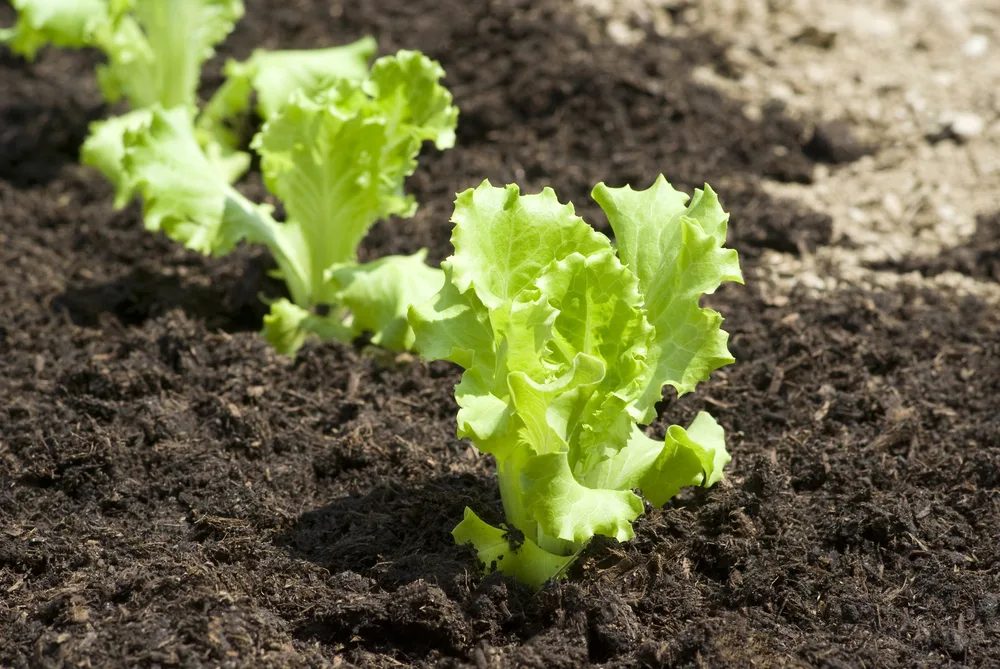
In the early spring, lettuce thrives in cool and moist conditions. To achieve the best results, it is essential to sow the seeds directly into the garden once the soil temperature reaches 40°F (4°C) or above. There are two methods to sow lettuce seeds: using seed tape to ensure perfect plant spacing or scattering the tiny seeds along the soil surface and covering them with a thin layer of soil, no more than a ¼ inch deep.
When the seedlings reach a few inches in height and have a set of true leaves, thin them out according to the type of lettuce. Head lettuce varieties require a spacing of 6 to 12 inches apart, leaf lettuce can be thinned to 4 to 6 inches apart, Romaine and butterhead types need 6 to 8-inch spacing, and baby lettuce varieties can be planted more densely with approximately 30 seedlings per square foot.
The ideal temperature range for lettuce plants is between 45°F and 65°F (7°C to 18°C). It is recommended to sow the seeds in the soil as soon as possible to ensure optimal growth. For successive harvests, sow lettuce seeds every two weeks throughout the spring.
By following these guidelines, you can successfully grow lettuce that is healthy and nutritious. Whether you prefer head, leaf, Romaine, butterhead, or baby lettuce, proper care and attention will lead to a bountiful harvest. So, get your seeds in the soil and enjoy the fruits of your labor!
3. Kohlrabi
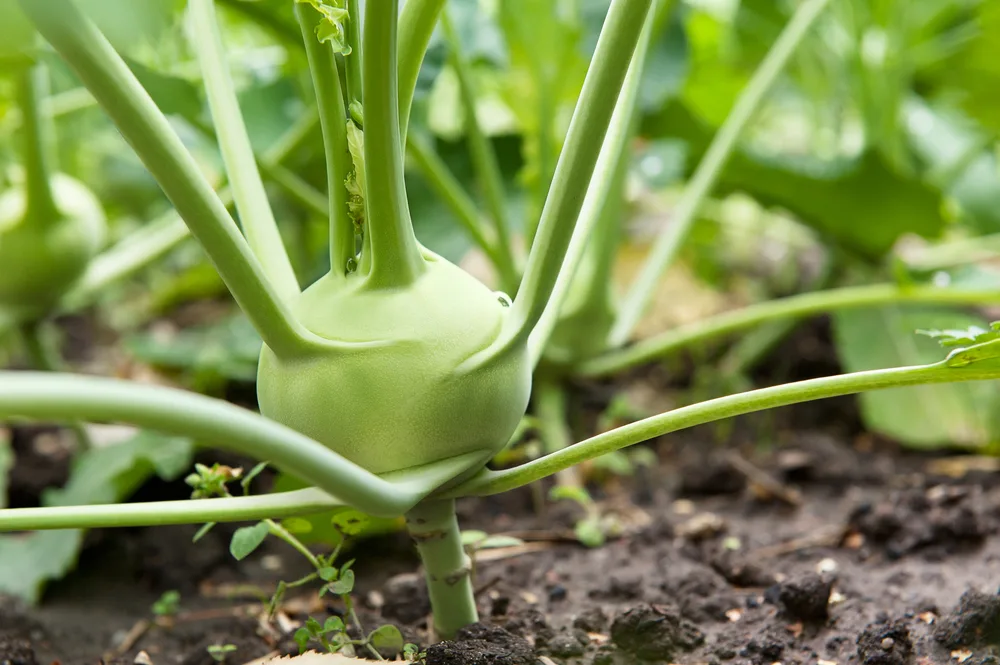
Kohlrabi –
If you’re looking for a hardy and delicious vegetable to grow in your garden, then kohlrabi is an excellent choice. Also known as cabbage turnip, this biennial plant produces edible green leaves above ground and a crisp, juicy, and mildly sweet bulb below.
Set of 43 Assorted Vegetable & Herb Seed Packets – Over 3000 Seeds! – Includes Mylar Storage Bag – Deluxe Garden Heirloom Seeds – 100% Non-GMO
As a member of the Brassica family, kohlrabi thrives in cooler weather conditions. The seeds will quickly germinate once the soil temperatures reach at least 45°F (7°C).
To plant kohlrabi seeds, simply place them ¼ inch deep and 5 inches apart with one foot between rows. It’s important to note that kohlrabi’s bulbous base is not a root vegetable but rather the stem that sits atop the soil and increases in size as it matures.
For optimal taste and texture, harvest kohlrabi when the stem reaches 2 to 3 inches in diameter, which usually takes around 40 days after planting. Avoid letting the kohlrabi grow too large, as it can become tough and woody over time.
In addition to its delicious taste, kohlrabi is also packed with essential nutrients, such as vitamin C and fiber. So why not add this nutritious vegetable to your garden and enjoy the benefits of homegrown produce?
4. Parsnips

For gardeners seeking to cultivate parsnips, it’s essential to keep in mind that these root vegetables take roughly 110 days to reach maturity. Therefore, it’s advisable to plant the seeds as soon as possible to ensure a bountiful harvest.
Parsnips thrive in cooler weather and can be directly sown in the garden once the soil temperature reaches 40°F (4°C) or higher. Before planting, it’s essential to prepare the soil by loosening and fluffing it up to a depth of at least 12 inches to provide ample space for the roots to grow.
Once the soil is adequately prepared, sprinkle the seeds evenly along the soil surface and cover them with no more than half an inch of soil. After 2 to 3 weeks, the seedlings will emerge, and it’s time to thin them out to ensure adequate spacing. For optimal growth, each plant should be spaced 3 to 6 inches apart, with 18 inches between rows.
The best time to harvest parsnips is after the first frost, which helps to develop their distinctively sweet and nutty flavor. By following these steps, you can look forward to a healthy and delicious crop of parsnips.
5. Kale
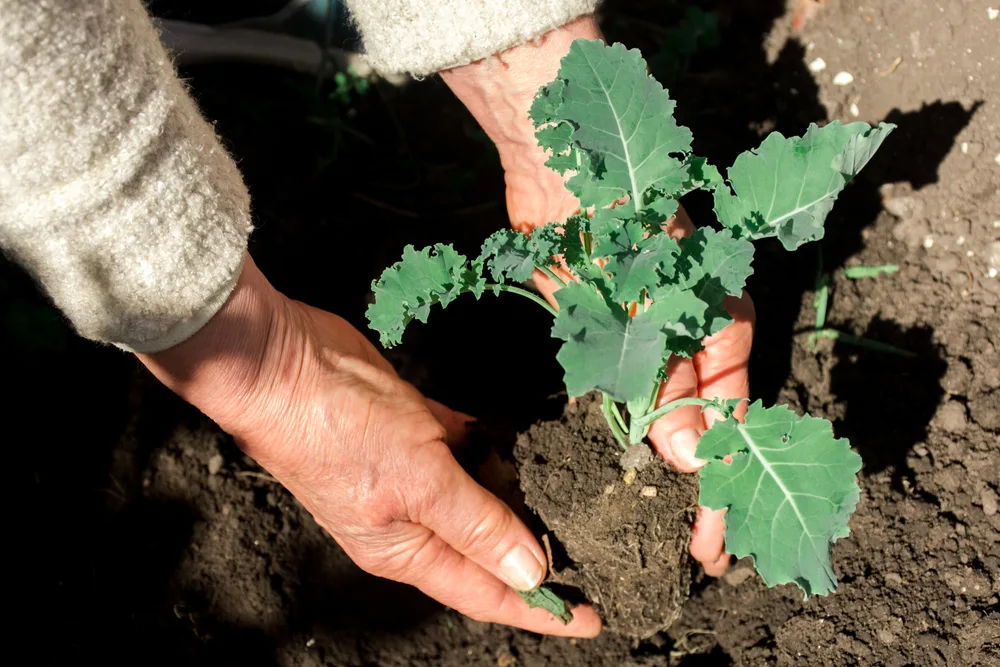
Kale, a leafy green vegetable with a unique texture and flavor, is a must-have in any vegetable garden. With its wrinkled leaves resembling a loose-leaf cabbage, kale is a versatile crop that yields plenty of nutritious greens not once, but twice a year: in early summer and autumn.
